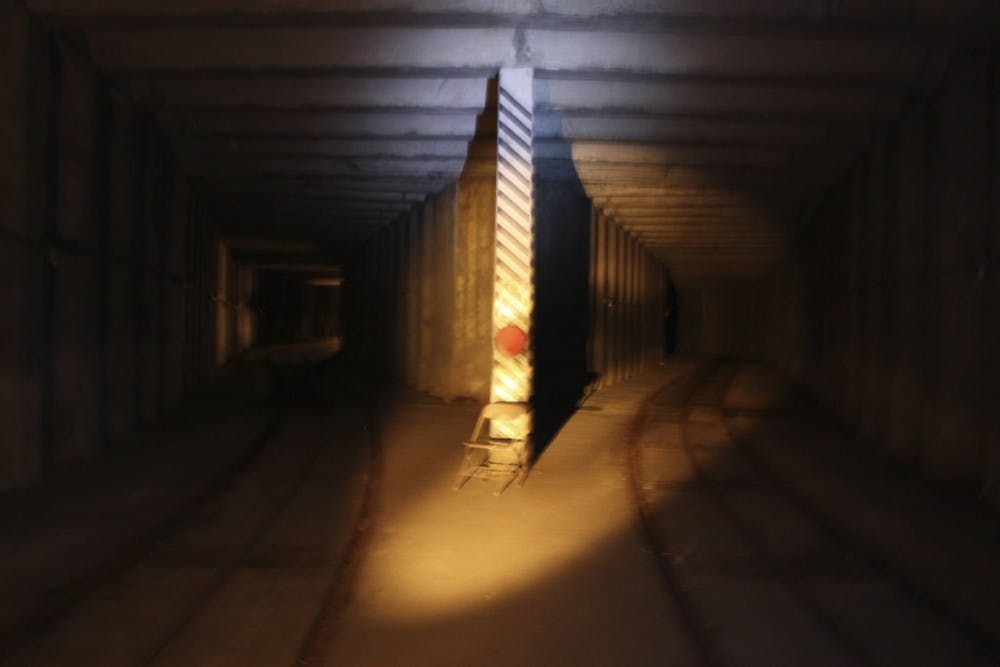The abandoned trolley tunnels under Dupont Circle are generating a lot of buzz, despite being empty for roughly 40 years, and have the potential to become the newest hallmark of Washington.
The Arts Coalition for the Dupont Underground is working to convert the 75,000 square feet of tunnels into a multi-purpose arts and design cultural center.
The project is still in its beginning stages of designing and obtaining investors. Although Washington Post columnist Roger Lewis said in a May 2010 column that the city should supplement the revival of this space with public funds, the nonprofit Art’s Coalition for the Dupont Underground thinks it can get the necessary funds by entirely private means.
Most of the project’s buzz revolves around its lofty goal of creating a center for the D.C. arts community that will also rival the traditional historic or governmental landmarks as a tourist destination.
“D.C. has the potential to draw the design and arts crowd, not just the history crowd,” project founder Julian Hunt said.
The Arts Coalition behind the project hopes it will create a central location for D.C.’s growing arts and design communities that will also establish the District as a global destination among these communities.
“We want to create a project that will put the city on the map in the same way as the High Line in New York,” Hunt said. “This could have the same catalytic effect on the identity of D.C.”
In addition to the High Line, an urban park built on a stretch of abandoned elevated train tracks in New York, the group cites as inspiration several other examples of recycled public spaces, including a converted submarine base in France, a converted mine in Germany and a performance space below London’s Waterloo Station.
Although the D.C. project is relatively new, Hunt’s focus on public space goes back to his work as an architect in Barcelona in the ’80s and ’90s.
“The experience of being in Barcelona showed me the importance of reviving public space,” he said. “It became a center of architectural ingenuity.”
The integration of innovative public space design into Barcelona, a city with a rich historical focus, inspired the group to do something similar in the district.
“Barcelona is a great example because it has managed to combine design ingenuity with a very traditional historic heritage,” Managing Director for Dupont Underground Braulio Agnese said.
Following Barcelona’s example, the group has focused on creating an innovative design that fits with the project’s artistic goals.
“We knew it had to be a high-quality architecture design,” Agnese said. “It’s an unconventional space, so we didn’t want to use a conventional model. We need this to be innovative.”
The current, tentative design is a sleek, modern space with room for a winery, bookstore, restaurant, meeting space and large amounts of exhibit space.
“We’re trying to create a new attitude with more emphasis on good use of public space,” Hunt said. “We see it as part of a larger arts initiative. The arts community here is dynamic, but it lacks a center. This project could consolidate the energy of the arts community in this city.”





